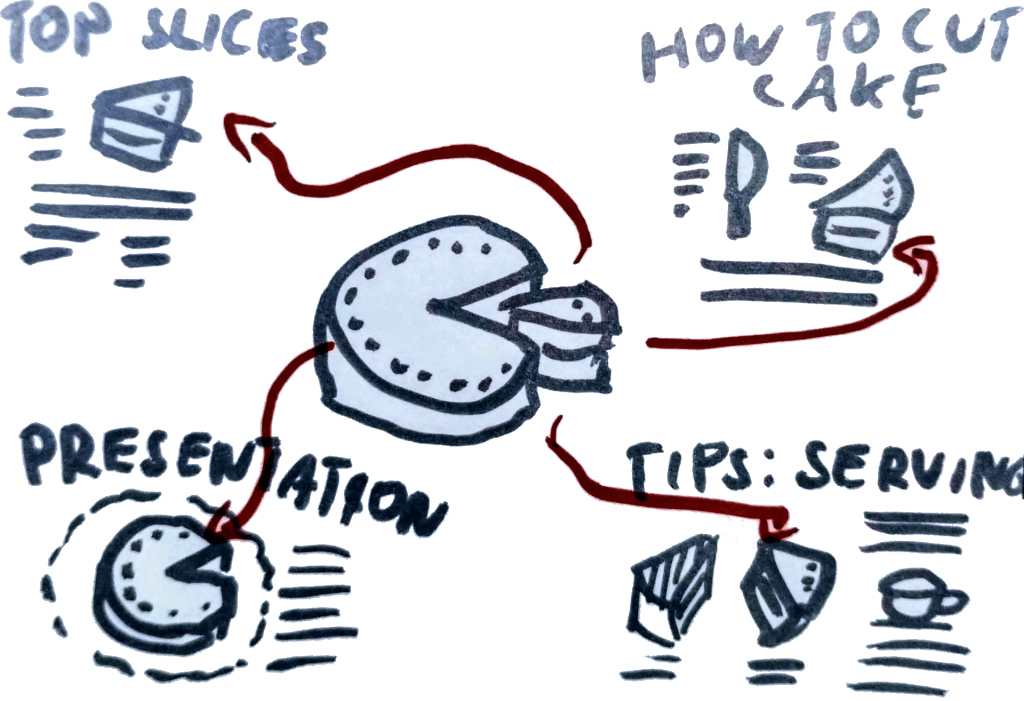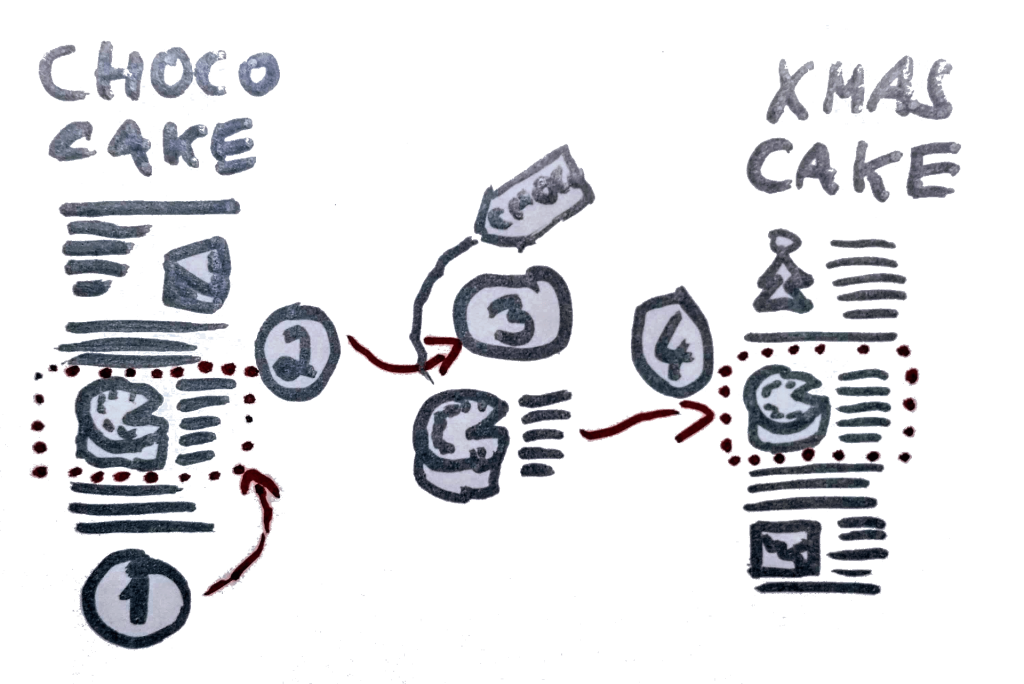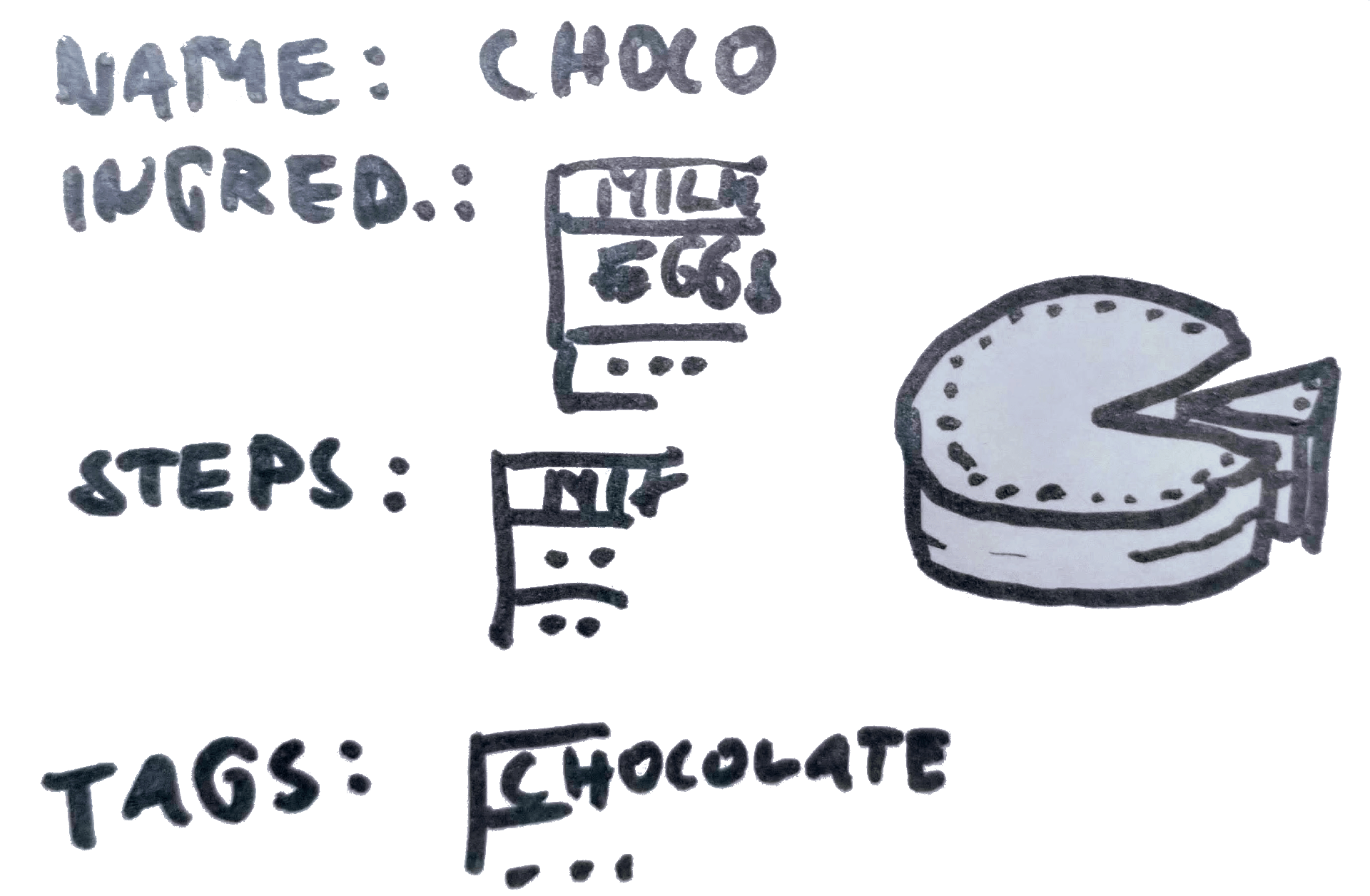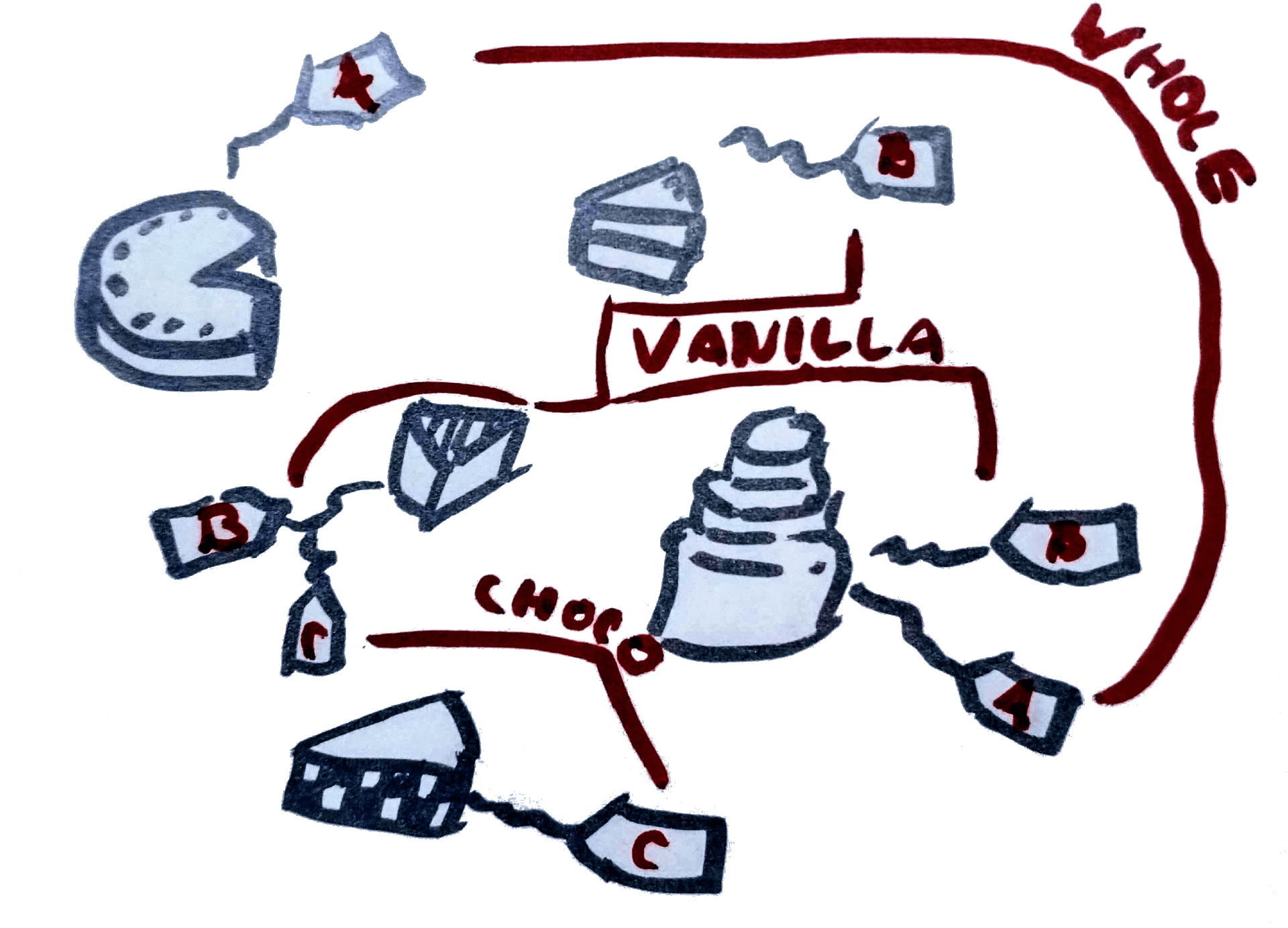
Reusable content is tricky. Your CMS (Content Management System) has to support it properly and so does your content model. I can at least help you with the latter.
When producing content, most time should be spent on high-value content. High value content is:
- Reusable content
- Content supporting your goals
- Content supporting customer goals
So let’s address A, and make our content reusable.

If you want to be able to seamlessly reuse content, then you need to be able to support this workflow.
- The author spots content with reuse potential
- The author converts the block of text into a reusable content chunk (modular content piece) without disturbing the original content item
- The content chunk is tagged for discoverability
- The reusable content chunk is used in a different article without disturbing the presentation
That means you need at least one relatively universal content type which can be embedded into any text area. When embedded, it doesn’t change the look of the text itself. The content type, let’s call it chunk (or content module, snippet, or something that works for your business), needs to enable editors to add taxonomies and metadata. This also supports the points B and C I made above. You can include those as taxonomy terms!
The structure of the chunk can be very simple, a text area and taxonomies/metadata should be sufficient. It can be extended (reasonably not to overwhelm editors) in the future. You can later implement more specific chunks.
It’s very important that the taxonomies or metadata you use aid content discoverability. Even the best content is useless if you and your customers can’t find it. So include taxonomies which are not present in the text itself.
💡 In short:
- By default, reusable content pieces shouldn’t change the look of the parent content item
- The reusable content type (chunk) should be usable in most text areas
- The chunk will need taxonomies and metadata for discoverability by editors and they even can be leveraged to help customers discover relevant content
- Include taxonomies which are not redundant and not present in the text itself




